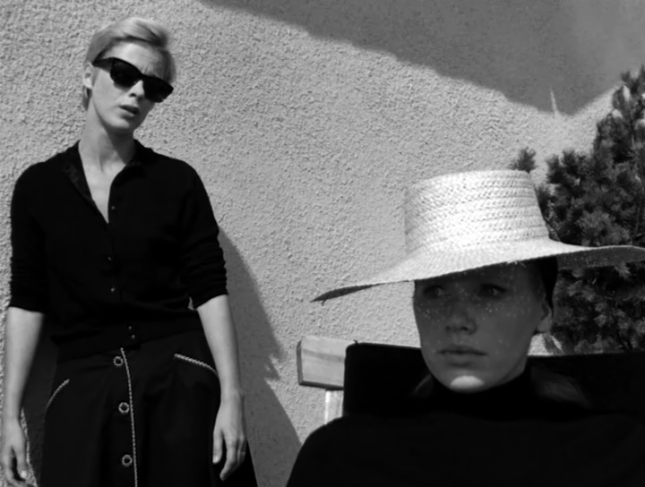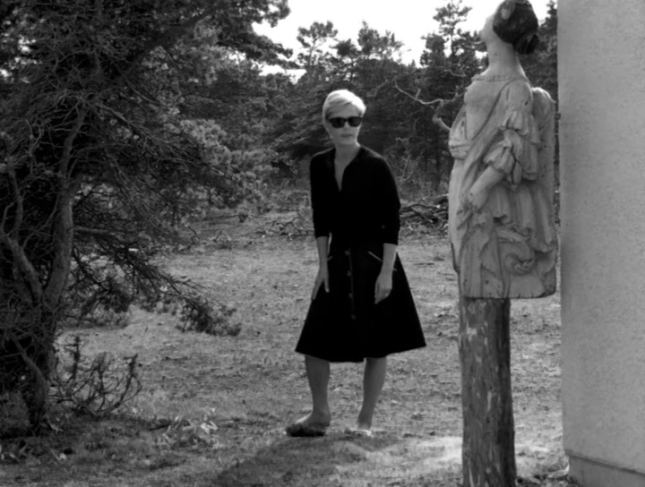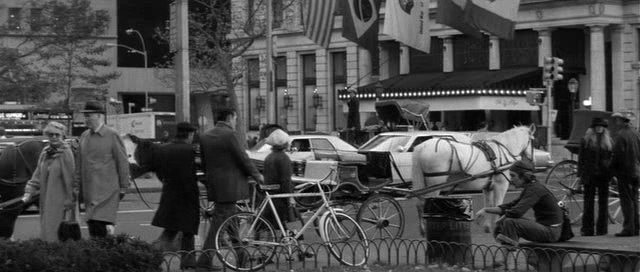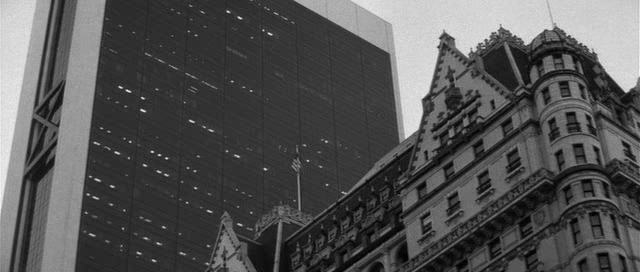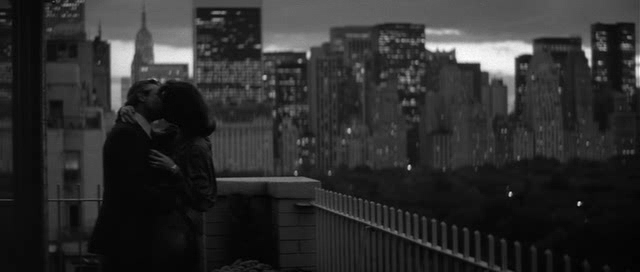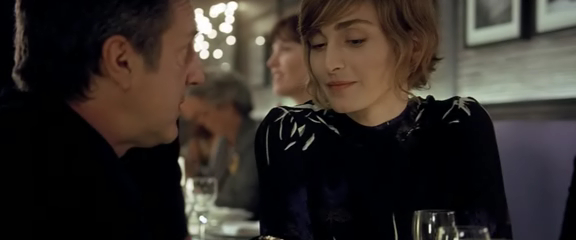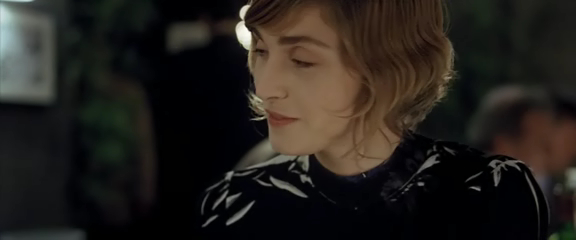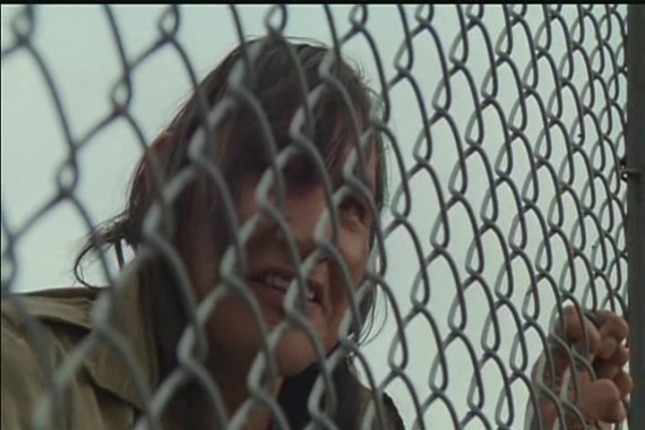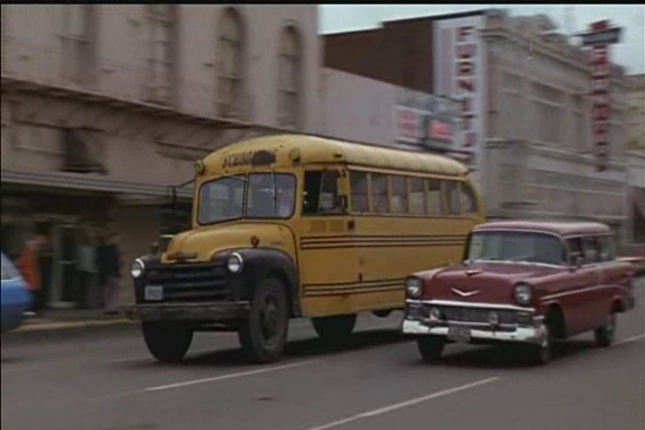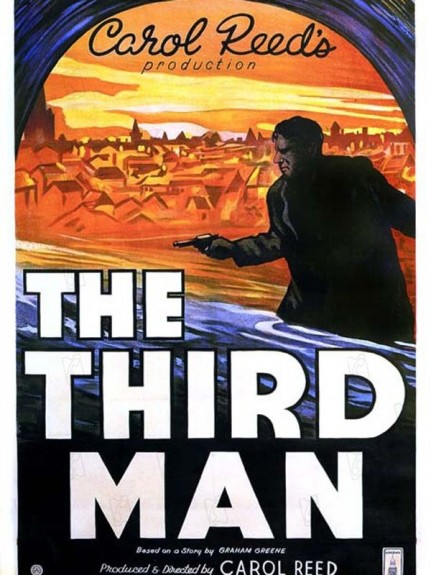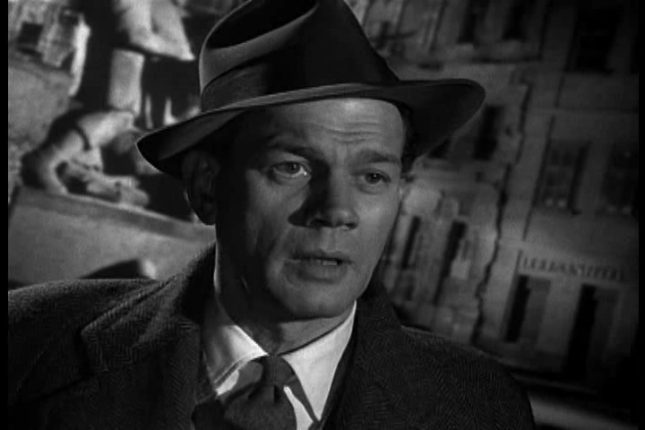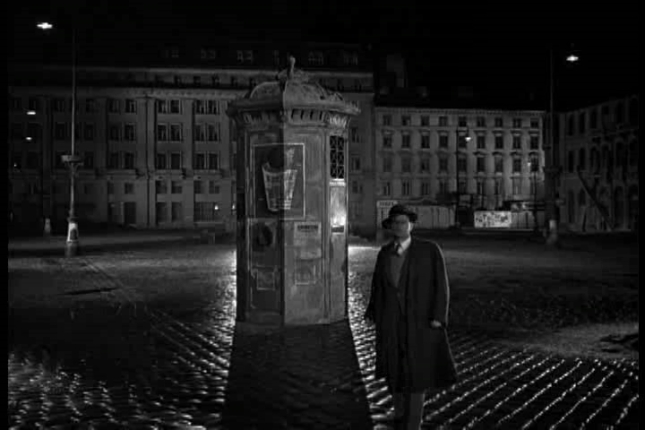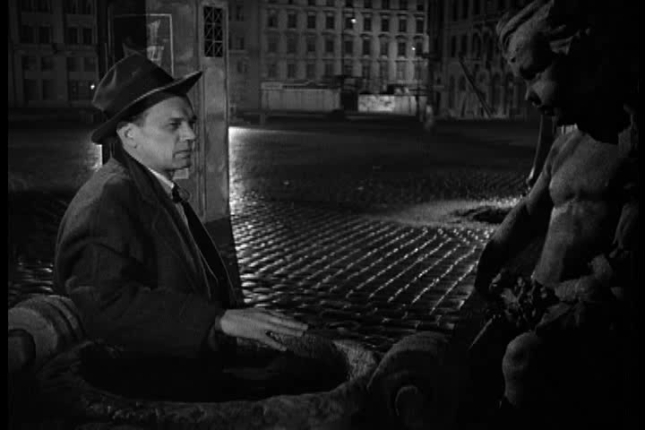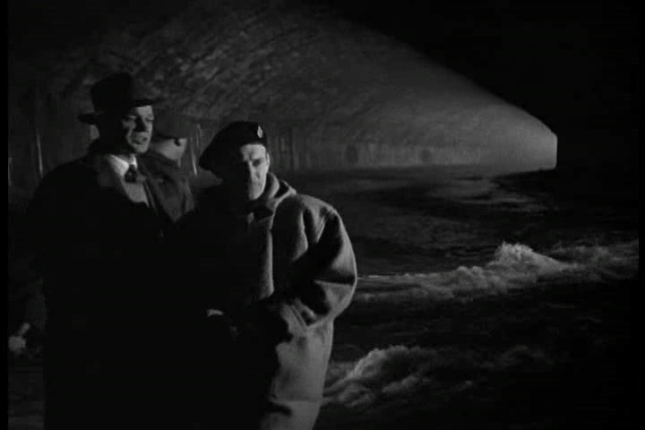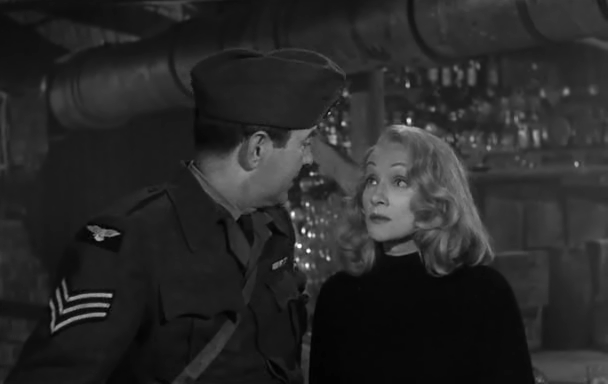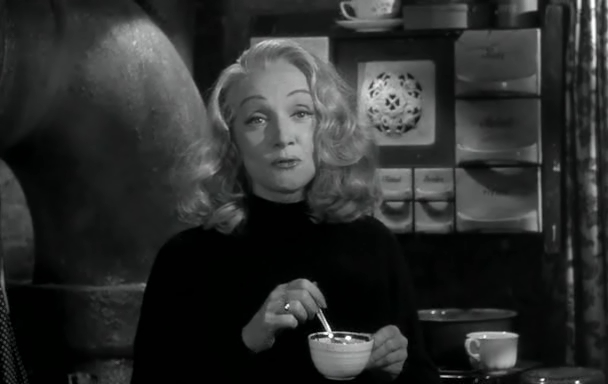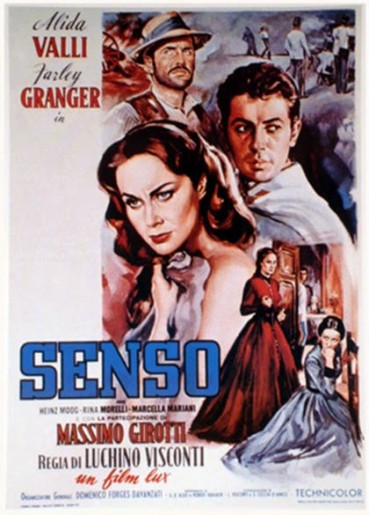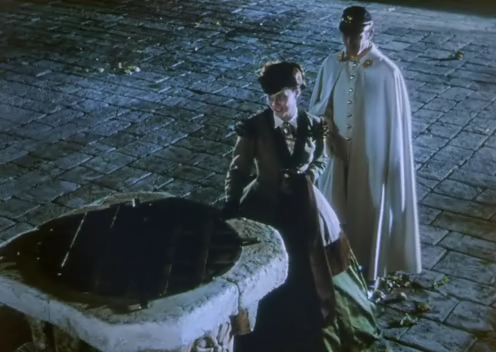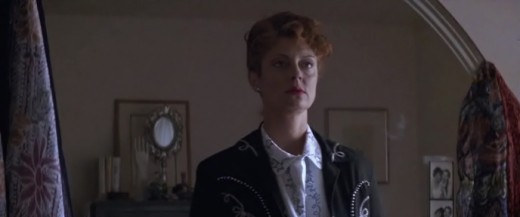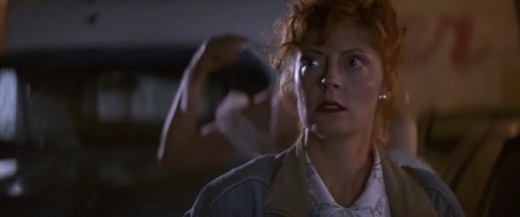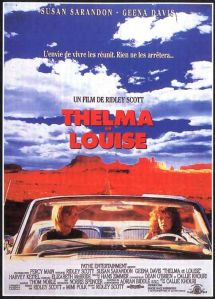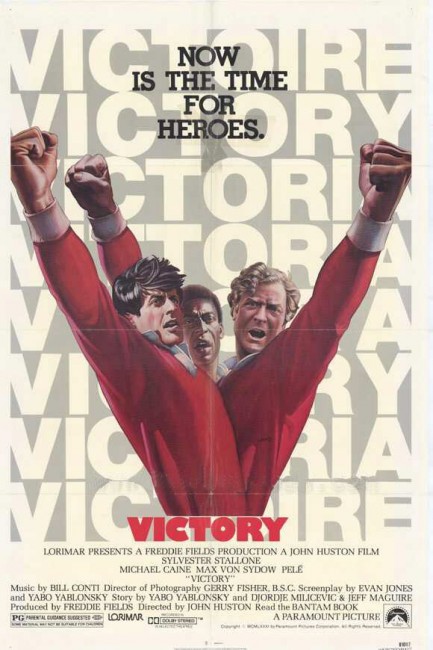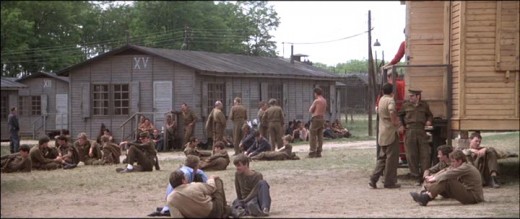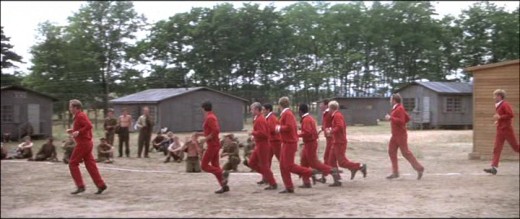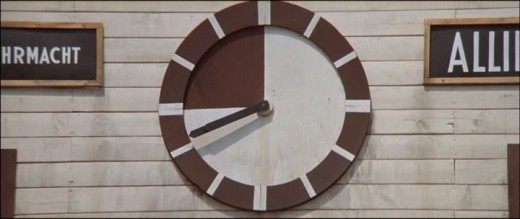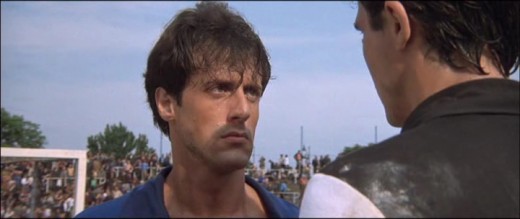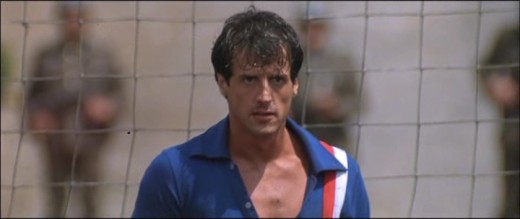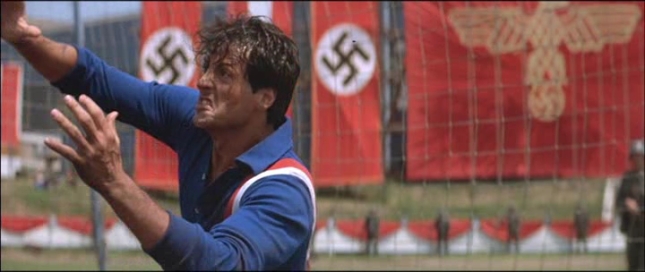Michelangelo Antonioni – Il deserto rosso (1964)
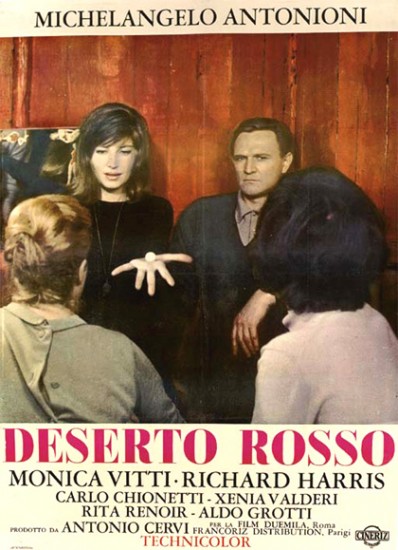
Cast: Monica Vitti, Richard Harris, Carlo Chionetti, Xenia Valderi…
La crisi dei valori borghesi nelle nevrosi di una donna.
La vita di Giuliana, giovane moglie di un ingegnere, potrebbe scorrere senza problemi, ma la donna non è felice. A causa dello shock subìto in un incidente d’auto, è vittima di una crisi depressiva ed è tentata dall’idea del suicidio. Incontra Corrado e ne diviene l’amante, ma questo non basta a guarirla.
Società dei consumi, inquinamento industriale, disumanità della civiltà tecnologica sono gli argomenti centrali di questo film, in cui Antonioni riassume tutto il suo pessimismo. Per quanto riguarda l’aspetto formale, è da sottolineare lo straordinario risultato ottenuto dal regista nella ricerca sul colore. Memorabile la sequenza sulla spiaggia di Budelli, in Sardegna. (film.tv.it)
*** *** ***
*** *** ***
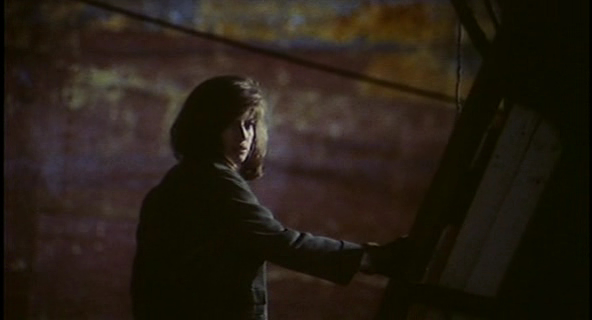



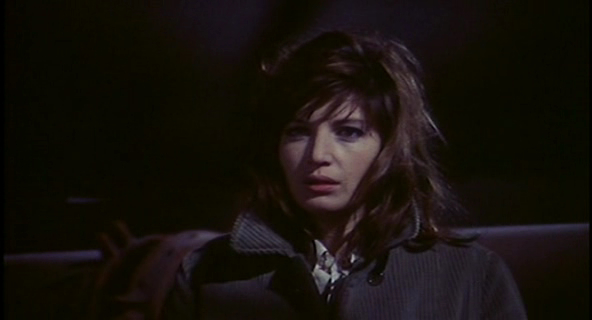


il Morandini:
Ravenna, ridotta a deserto industriale, una giovane borghese nevrotica, moglie di un ingegnere, cerca vanamente un equilibrio. 9° film di Antonioni, e il suo primo a colori, in funzione soggettiva (fotografia di Carlo Di Palma, Nastro d’argento) come espressione di una realtà dissociata e con ambizione di trasformarlo esso stesso in racconto come “mito della sostanziale e angosciosa bellezza autonoma delle cose”. Come nei 3 precedenti film con Monica Vitti, la donna è l’antenna più sensibile di una nevrosi comune nel contesto della società dei consumi e della natura inquinata. Leone d’oro a Venezia. (mymovies.it)


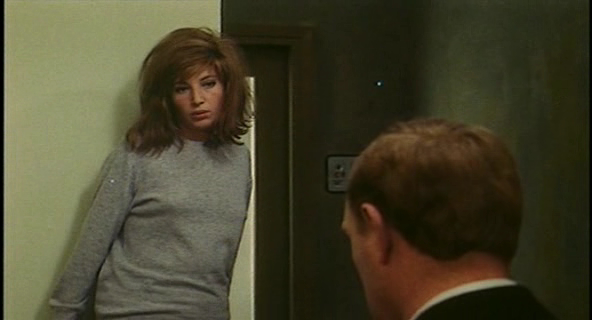



*** *** ***
Red Desert (Il Deserto Rosso) once more combines the considerable talents of director Michelangelo Antonioni and star Monica Vitti. Cast as Giuliana, an unhappy wife, Vitti suffers from an unnamed form of depression and malaise. Her quicksilver emotional shifts disturb everyone around her, but they, like she, pretend that nothing is truly wrong. British engineer Corrado Zeller (Richard Harris) seems to understand what Giuliana is really after in life, and he acts upon it by entering into an affair with the troubled woman. Giuliana eventually comes to terms with her physical and mental pain, but this hardly means that she’s “cured” in the conventional sense. Monica Vitti’s sense of isolation is heightened by Antonioni’s (and cinematographer Carlo DiPalma’s) choice of colors, and especially by Carlo Savina’s bizarre electronic musical score. This is a landmark movie in Antonioni’s effort to portray alienated individuals in contemporary life; he places people against towering forms of technology to emphasize their smallness and lostness in the modern world of technological change.by Hal Erickson (allrovie.com)
*** *** ***


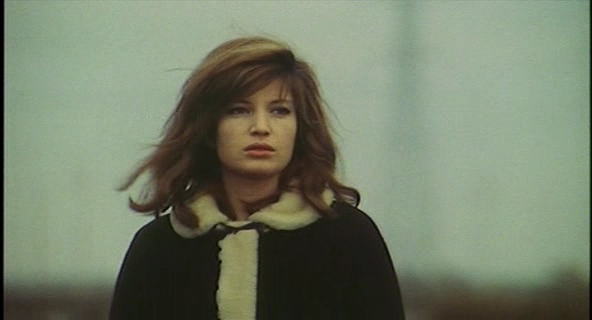
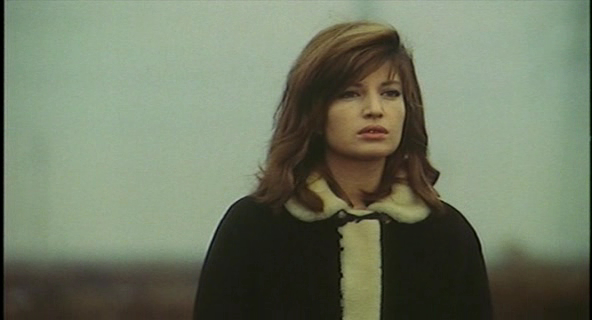
*** *** ***
Link nei commenti





